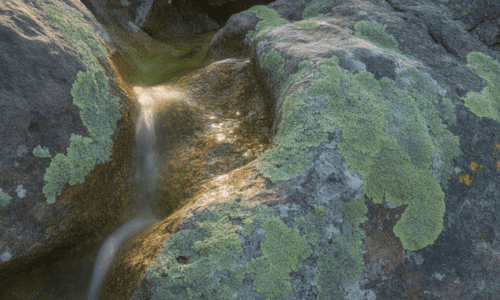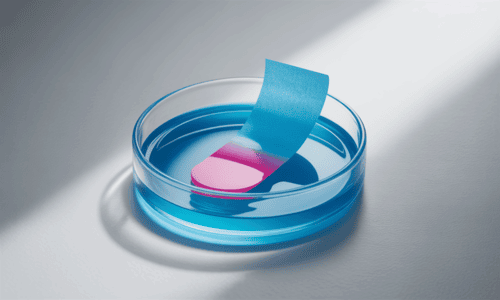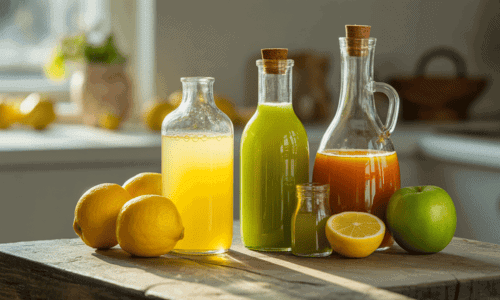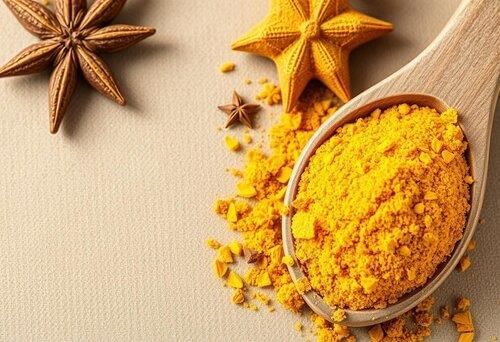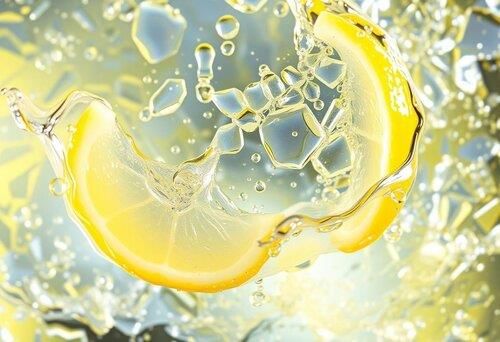|
Indicators change color in reactions.
|
Card: 2 / 46 |
|
True or False: If a substance does not change the color of blue or red litmus paper, it is classified as acidic. |
Card: 5 / 46 |
|
False. If there’s no color change in either litmus paper, the substance is neutral. |
Card: 6 / 46 |
|
Riddle: I change color when I touch acids and bases, I am blue or red, and I help you understand substances. What am I? |
Card: 7 / 46 |
|
Fill in the blank: If a substance turns blue litmus paper red, it is ___ in nature. |
Card: 9 / 46 |
|
Fresh rose petals are collected, washed, crushed, and soaked in hot water, then filtered to obtain a red-colored liquid. |
Card: 12 / 46 |
|
What is the significance of using both blue and red litmus paper in experiments? |
Card: 17 / 46 |
|
Using both allows for the determination of whether a substance is acidic, basic, or neutral based on the color changes observed. |
Card: 18 / 46 |
|
What color change occurs when lemon juice is added to red rose extract, indicating an acidic substance? |
Card: 19 / 46 |
|
The red rose extract changes to a shade of red, indicating the presence of an acidic substance. |
Card: 20 / 46 |
|
True or False: Neutral substances like sugar solution have no effect on the color of turmeric paper. |
Card: 23 / 46 |
 Unlock all Flashcards with EduRev Infinity Plan Starting from @ ₹99 only
|
|
When soap solution is added to red rose extract, what color change is observed? |
Card: 25 / 46 |
 The red rose extract changes to a shade of green, indicating the presence of a basic substance. |
Card: 26 / 46 |
|
Fill in the blank: Turmeric is also known as ___ and belongs to the ginger family. |
Card: 27 / 46 |
|
What type of substances does turmeric paper identify and how does it react to acidic and neutral substances? |
Card: 29 / 46 |
|
Turmeric paper identifies basic substances by turning red; it remains yellow when exposed to acidic and neutral substances. |
Card: 30 / 46 |
|
What are olfactory indicators and how do they function in identifying acidic or basic substances? |
Card: 31 / 46 |
|
Olfactory Indicators Olfactory indicators change smell in solutions.
|
Card: 32 / 46 |
|
Fill in the blank: Turmeric is often referred to as the ‘___ Spice’ due to its rich color and health benefits. |
Card: 33 / 46 |
|
True or False: Hydrangea plants produce blue flowers in basic soil and pink flowers in acidic soil. |
Card: 35 / 46 |
 False. Hydrangea plants produce blue flowers in acidic soil and pink flowers in basic (alkaline) soil. |
Card: 36 / 46 |
|
List two examples of natural indicators that change color in acidic or basic solutions. |
Card: 37 / 46 |
|
Beetroot and purple cabbage are two examples of natural indicators that change color in response to acidic or basic solutions. |
Card: 38 / 46 |
|
Riddle: I am a substance that tastes sour and can be found in lemon juice or vinegar. What am I? |
Card: 39 / 46 |
|
What is the significance of the rich golden color of turmeric in Ayurvedic medicine? |
Card: 41 / 46 |
|
Turmeric's color indicates health benefits.
|
Card: 42 / 46 |
|
Fill in the blank: Acids turn blue litmus paper ___ and red rose extract ___ when tested. |
Card: 43 / 46 |
|
Bases feel slippery or soapy, often taste bitter, turn red litmus blue, and change the color of red rose extract to green and turmeric paper to red. |
Card: 46 / 46 |





